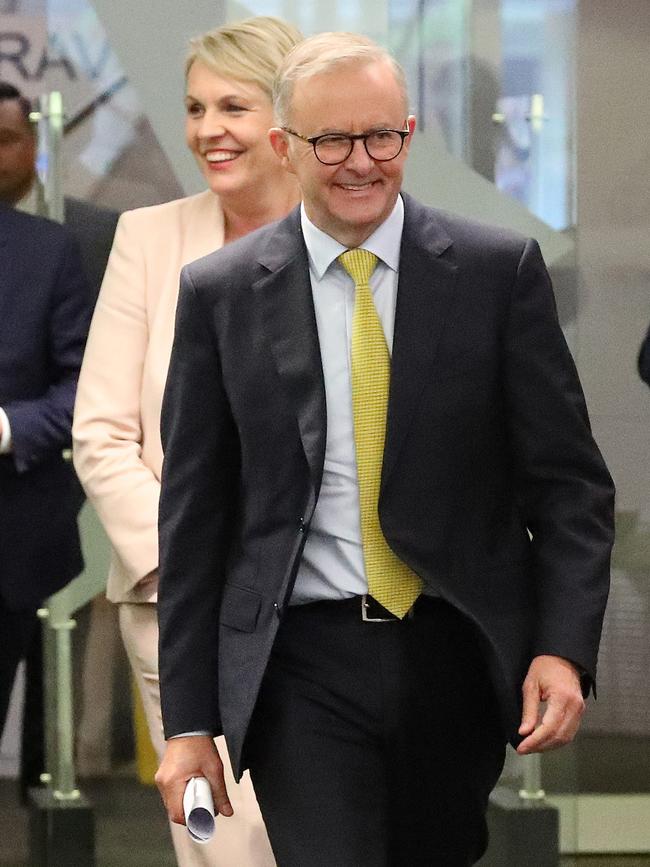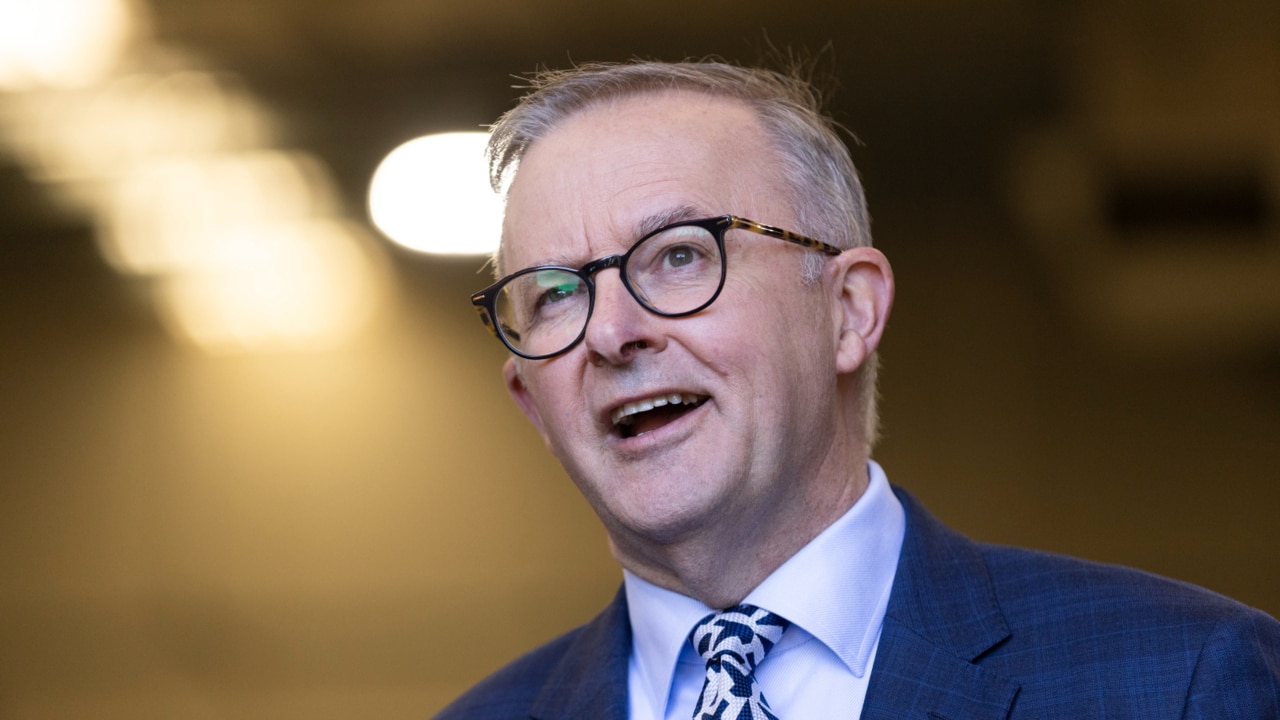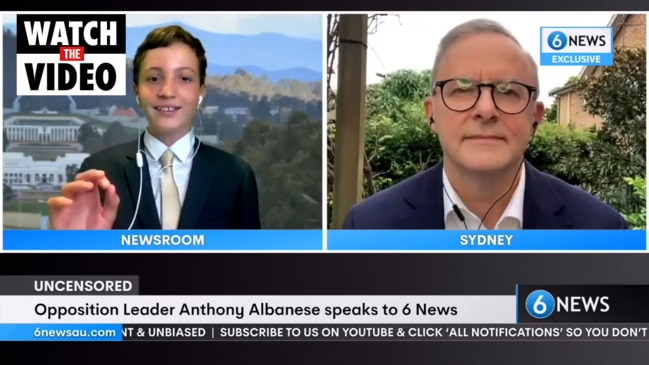Federal election 2022: Labor childcare policy estimates too rosy
Anthony Albanese’s uncosted promise of ‘universal childcare’ relies on selective modelling and overstates the short-term economic benefits of the key policy.

Anthony Albanese’s uncosted promise of “universal childcare” relies on selective modelling and overstates the short-term economic benefits of Labor’s centrepiece cost-of-living policy.
The Opposition Leader on Thursday will put childcare, the ALP’s “largest on-budget commitment”, at the heart of his election campaign.
But the government argues that Labor is inflating the benefits of the policy – which it says returns $2 to the economy for every $1 spent – by counting as revenue the impacts of better health, welfare and lower crime, as well as the higher earnings for children over their lifetime.
Speaking to the Australian Chamber of Commerce and Industry in Sydney, Mr Albanese will reaffirm his pledge to “increase the maximum childcare subsidy and make it cheaper for 96 per cent of families”.
“(We) will ask the Productivity Commission to investigate moving to a universal 90 per cent subsidy. This will provide immediate and lasting cost-of-living relief for families,” Mr Albanese will say.

“This is a critical reform for any modern economy, getting rid of the outdated, bizarre economic distortion that punishes mothers in particular for working more than three or four days a week.
“Building a childcare system that works for families will boost workforce participation and turbocharge productivity.”
While Labor’s commitment to lower childcare subsidy thresholds for parents has been costed at $5.4bn, the Coalition has warned taxpayers would be slugged $63bn over 10 years to fund Mr Albanese’s universal childcare pledge.
Jim Chalmers’ economic and budget strategy, outlining around $5bn in savings, does not cover the first round of Mr Albanese’s childcare policy, which begins in mid-2023.
Labor’s claim that “every dollar into childcare adds at least $2 to the economy” relies on a 2019 report by The Front Project and PwC, which focused on the benefits of kindergarten in the year before school and not childcare.
The greatest benefits relate to reduced government expenditure on health, welfare and crime, and higher earnings for children over their lifetime.
Finance Minister Simon Birmingham said Labor was preparing to bake in long-term revenue projections based on “dodgy costings to underpin their claims that the second-round effects of their childcare policy for wealthy families means the policy pays for itself”.
“Anthony Albanese needs to come clean on whether he plans to cook the books using dreamt-up revenue from ‘second-round effects’, like Labor did when Mr Albanese was last in cabinet,” Senator Birmingham said.

“Labor has made $302bn worth of vague spending promises, including Mr Albanese’s repeated promise of a universal 90 per cent childcare subsidy, with nothing more than a half-baked plan for $5bn in savings to pay for them. Mr Albanese needs to be upfront with Australians on the details of what Labor is actually promising and who’s going to pay for it.”
Senator Birmingham also pushed back against Mr Albanese’s claim the government’s childcare settings were stopping women from working additional days. Under the ¬Coalition’s childcare reforms last year, the annual subsidy cap was removed and subsidies boosted for families with more than one child in care.
A Labor campaign spokesman said: “This is a desperate and hypocritical attempt by the Morrison government to attack Labor’s flagship policy.
“Josh Frydenberg himself was boasting about economic benefits of $1.5bn per year from their additional funding for the child care subsidy.
“Early learning and care is one of the smartest investments any government can make and is conservatively estimated to generate a two-for-one return. Just ask any economist in the country, the Grattan Institute, PwC, KPMG, the Business Council, or Josh Frydenberg’s Treasury department.”
In an address to the McKell Institute last November, opposition early childhood education spokeswoman Amanda Rishworth said PwC and The Front Project “conducted a rigorous economic analysis in 2019 which identified a $2 benefit for every $1 spent … and this was, by their admission, a conservative estimate”.




